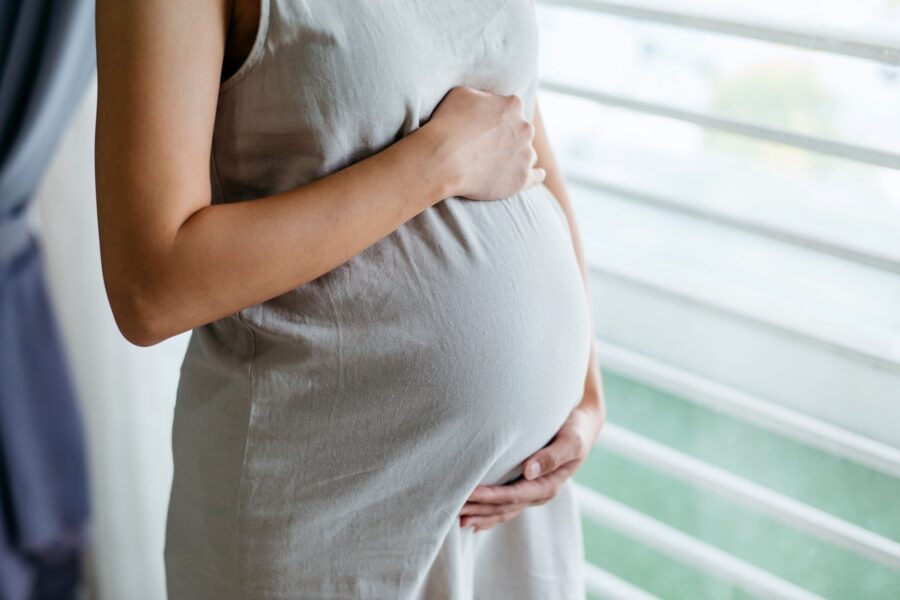US fertility rate dropped to lowest in a century as births dipped in 2023
Apr 25, 2024, 9:33 PM

The fertility rate in the United States has been trending down for decades, and a new report shows that another drop in births in 2023 brought the rate down to the lowest it’s been in more than a century. (hxyume/E+/Getty Images via CNN Newsource)
(hxyume/E+/Getty Images via CNN Newsource)
(CNN) — The fertility rate in the United States has been trending down for decades, and a new report shows that another drop in births in 2023 brought the rate down to the lowest it’s been in more than a century.
There were about 3.6 million babies born in 2023, or 54.4 live births for every 1,000 females ages 15 to 44, according to provisional data from the US Centers for Disease Control and Prevention’s National Center for Health Statistics.
After a steep plunge in the first year of the Covid-19 pandemic, the fertility rate has fluctuated. But the 3% drop between 2022 and 2023 brought the rate just below the previous low from 2020, which was 56 births for every 1,000 women of reproductive age.
“We’ve certainly had larger declines in the past. But decline fits the general pattern,” said Dr. Brady Hamilton, a statistician with the National Center for Health Statistics and lead author of the new report.
The birth rate fell among most age groups between 2022 and 2023, the new report shows.
The teen birth rate reached another record low of 13.2 births per 1,000 females ages 15 to 19, which is 79% lower than it was at the most recent peak from 1991. However, the rate of decline was slower than it’s been for the past decade and a half.
“The highest rates have, over time, been shifting towards women in their 30s whereas before it used to be with women in their 20s,” Hamilton said. “One factor, of course, is the option to wait. We had a pandemic, or there’s an economic downturn, let’s say – women in their 20s can postpone having a birth until things improve and they feel more comfortable. For older women, the option of waiting is not as viable.”
Meanwhile, births continued to shift to older mothers. Older age groups saw smaller decreases in birth rates, and the birth rate was highest among women ages 30 to 34 – with about 95 births for every 1,000 women in this group in 2023. Women 40 and older were the only group to see an increase in birth rate, although – at less than 13 births for every 1,000 women – it remained lower than any other age group.
These annual reports offer a snapshot in time, he said, but rates can change dramatically depending on the unique situations of the year.
2023 marked the first full year after the US Supreme Court’s Dobbs decision that revoked the federal right to abortion. This provisional data does not show geographic trends, which may obscure some effects that state abortion bans have had on state-level birth trends. However, an analysis from November suggests that states with abortion bans had an average fertility rate that was 2.3% higher than states where abortion was not restricted in the first half of 2023, leading to about 32,000 more births than expected.
As maternal mortality rates continue to rise in the US, so do rates of cesarean deliveries, which Hamilton notes are “major abdominal surgeries.”
Nearly a third of all births (32.4%) were C-sections, a share that is now the highest it’s been in a decade, according to the new CDC report. But C-sections are becoming more common among low-risk births too, such as those among women having their first birth with pregnancies that have reached term and single fetuses that are facing head-first.
Provisional births data is based on birth records received and processed by the National Center for Health Statistics as of January 25. Trends capture more than 99% of all birth records for the year, but data is subject to change once all records are reviewed.













